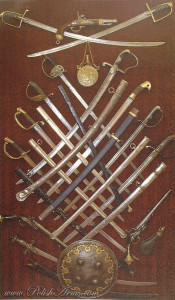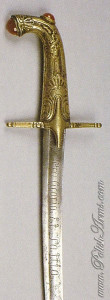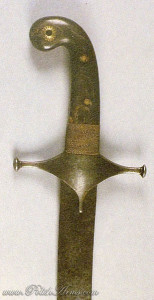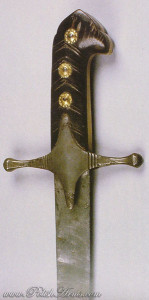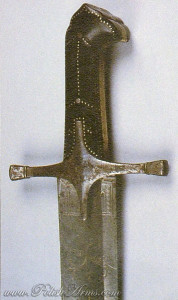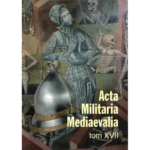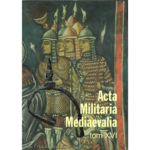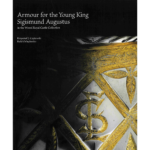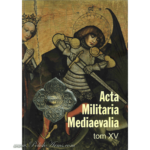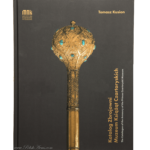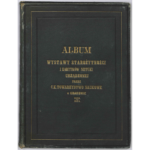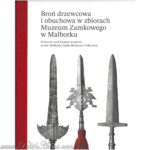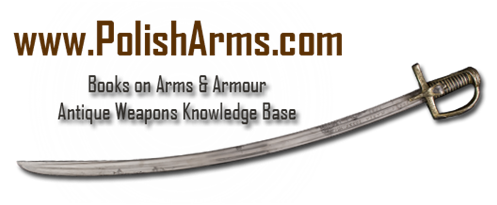
Polish Market of Antique Arms – part 1
| ARTICLE | |
|
POLISH MARKET OF ANTIQUE ARMS & ARMOUR part 1
|
Polish market of antique arms is quite small, if we compare it to the west European sellers. There are no such established auction houses like Hermann Historica, Czernys or Sothebys, where are world renowned specialists in this matter.
There are few auction houses and a bunch of antique shops where, from time to time, one can find weapons, but the best pieces are sold outside of main market between collectors and it’s really hard to find breathtaking objects officially on sale. Some pieces you can find also on the internet auctions, but hardly ever good one. These are mostly from the 20th century. And there are also fakes…
The period that seems to be in the biggest interest of collectors, is a military history of the 20th century. There are thousands offers of bayonets, elements of the uniforms, badges, modern sabres etc. On the other hand there are a lot of people that are interested in medieval history and in the history of Polish hussars in the 16th-18th centuries. Unfortunatelly the objects from these times are almost impossible to get. The armaggeddon of the two world wars and over 100 years of partitions between Prussia, Russia and Austria left Poland destroyed and plundered. Even after I World War many priceless relics were taken to US, Russia and other countries, sometimes by the world’s renowned curators!
The lack of Polish relics caused also the rise of the prices. Now karabela sabres, hussars armaments are amongst the greatest rarities. You won’t find any older uniforms elements from 17-18th centurties. Even 19th century uniforms are impossible to find. Enough to say that the oldest Polish military attire preserved in Poland is just from 1768.
All of these caused that some fake makers appeared. This is inevitable, but is also quite scary when this fakes are getting better and better. For example: in previous years many sabres of Hungarian-Polish type appeared on Austrian auctions – from where so suddenly?; many typical, cheap sabres are “improved” with gold inlays – very hard to recognize, and so on. Anyway – caveat emptor.
I’m starting this cycle on Polish market to show what is going on around. You’ll find here also western and eastern arms as I would like to give a bigger picture of Polish market. The rest you can judge on your own.
Legal Note:
The courtesy of presented pictures are mostly to Rempex, Desa auction houses
I’m not a seller of objects listed below. The prices given in US dollars are in the approx. currency. This were also starting not sell prices
DESCRIPTIONS are from auction catalogues. BE AWARE SOME MISTAKES ARE MADE THERE!
 |
SWORD
Made of forged iron, straight blade with centrical fuller; crossguard, triangular pommel. Lenght: 110 cm Width of the hilt: 15 cm Pomerania (?), 11th c. (?) Starting price was: 14 000 $ |
more to come…
